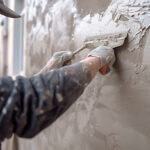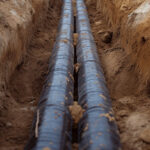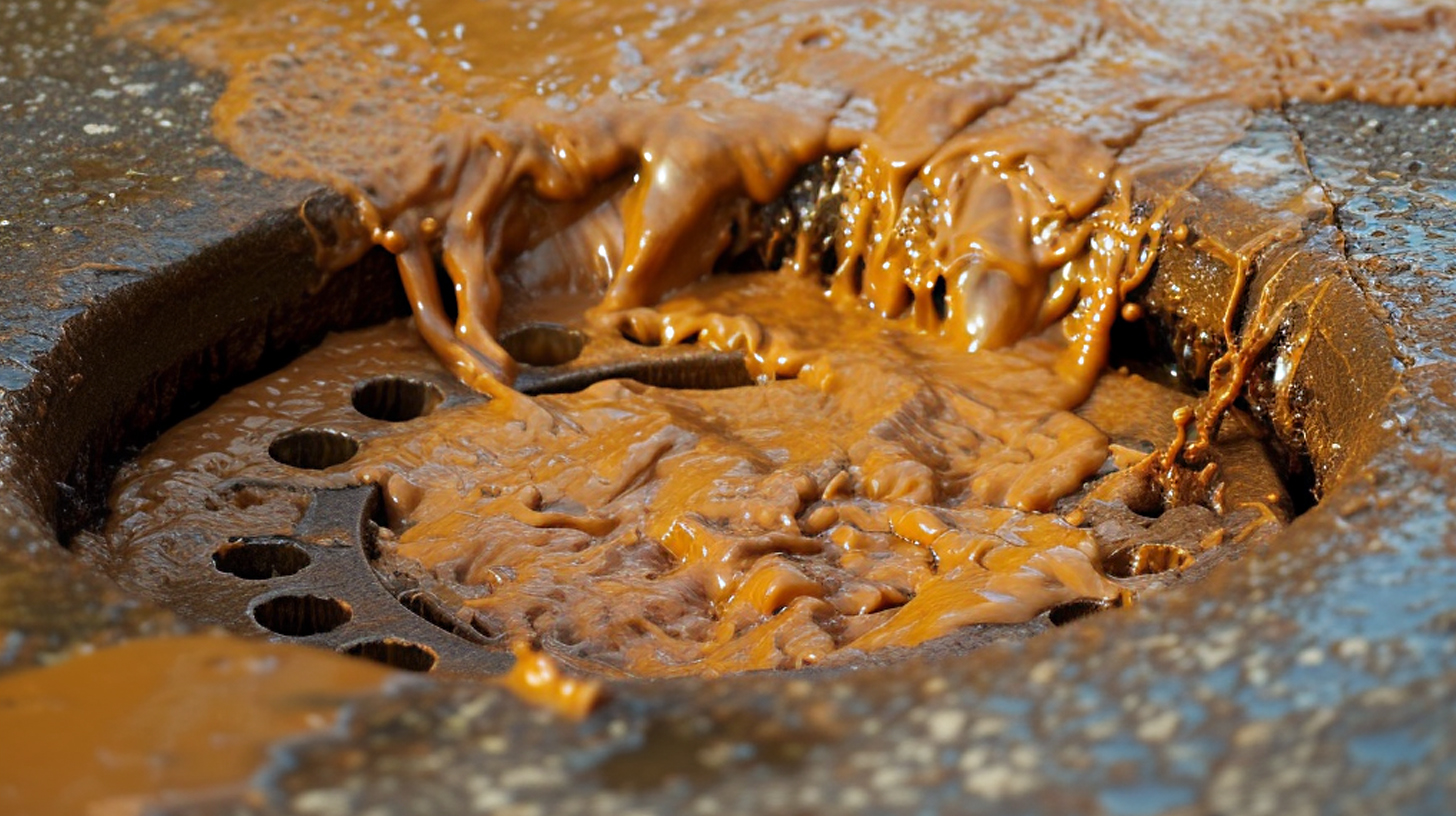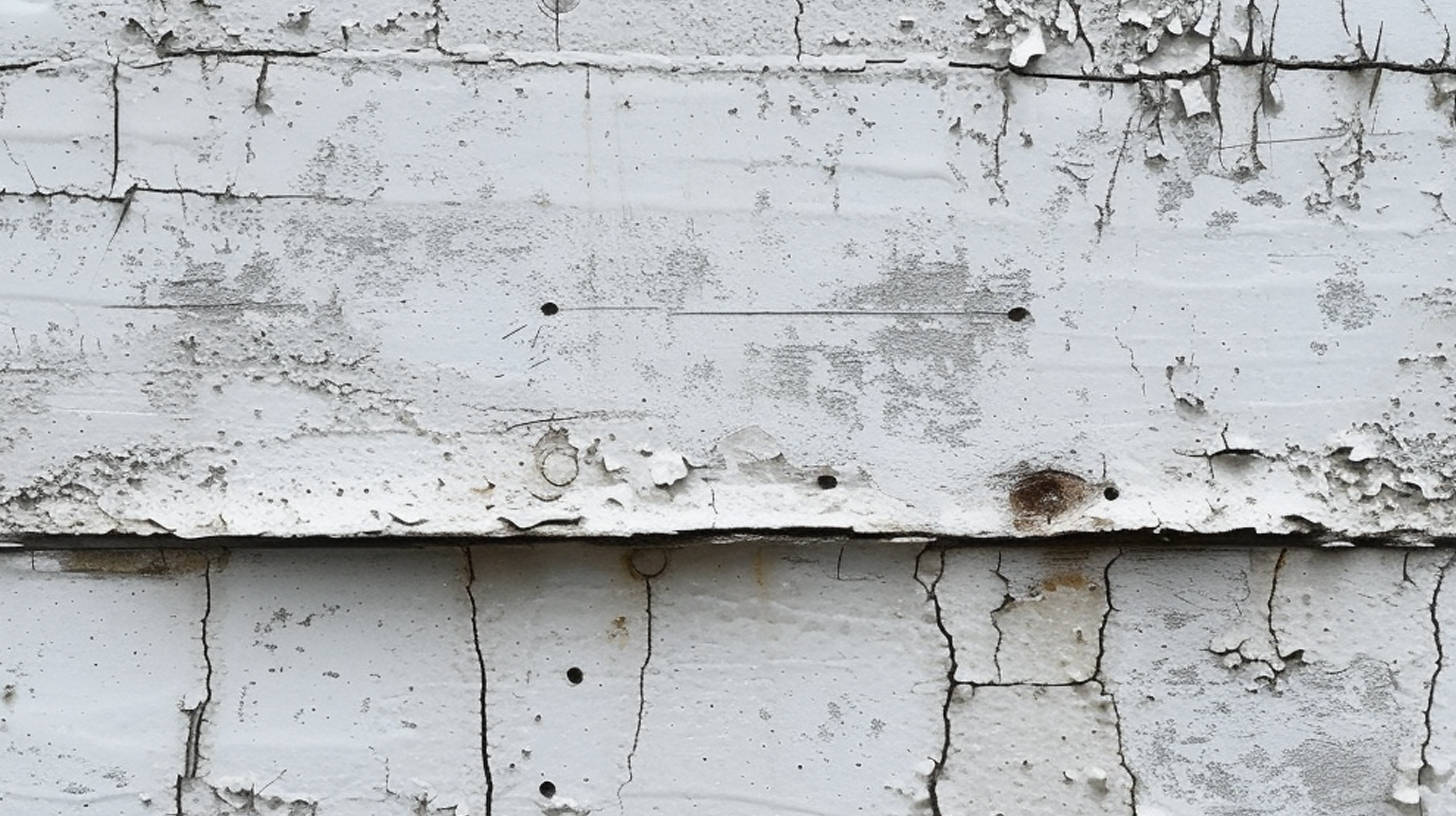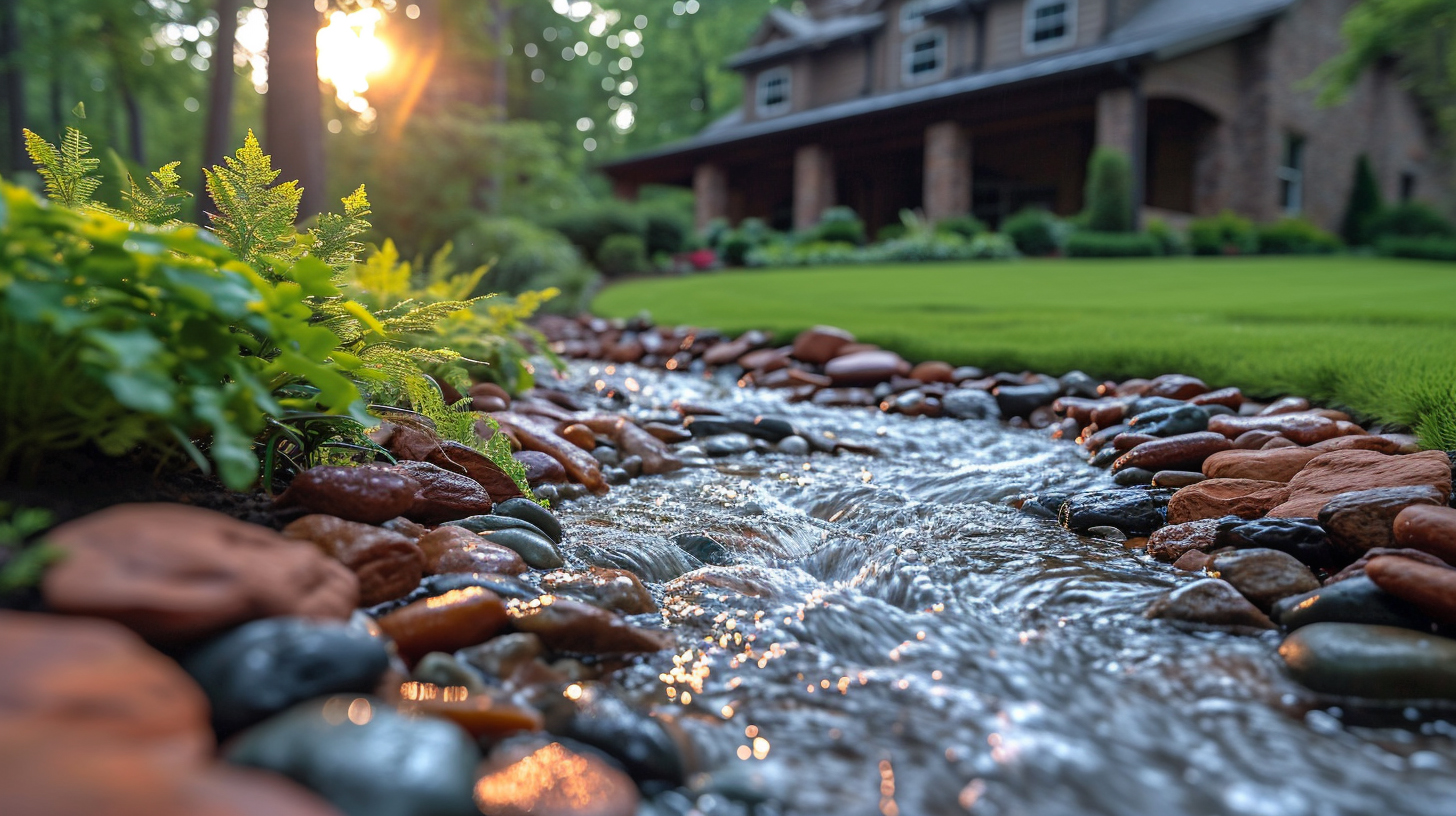Asphalt and concrete are two of the most common materials used in driveway construction, each with unique compositions and properties. Asphalt, often referred to as blacktop, is a mixture of aggregate (crushed stone, sand, and gravel) bound together with bitumen, a viscous form of petroleum. This composition gives asphalt its characteristic dark color and flexible nature. On the other hand, concrete is made from a mixture of cement, water, sand, and gravel. The cement acts as a binding agent, creating a strong and rigid surface once cured.
The properties of these materials significantly influence their performance as driveway surfaces. Asphalt is known for its flexibility, which allows it to expand and contract with temperature changes, reducing the likelihood of cracking. It also offers excellent water resistance and can be easily repaired. Concrete, while less flexible, boasts superior durability and longevity. It can withstand heavier loads and is less susceptible to damage from oil and gas spills.
When choosing between asphalt and concrete for driveway construction, it’s essential to consider factors such as climate, budget, and aesthetic preferences. Both materials have their strengths and can provide a reliable surface for years when properly installed and maintained.
Cost Comparison: Initial Installation and Long-term Maintenance
When considering driveway materials, it’s crucial to evaluate both the initial installation costs and long-term maintenance expenses. Asphalt driveways typically have a lower upfront cost, with prices ranging from $2 to $5 per square foot. Concrete, on the other hand, is more expensive initially, costing between $4 and $8 per square foot. However, the long-term investment should also be factored into the decision-making process.
Asphalt driveways require more frequent maintenance, including sealing every 3-5 years and potential resurfacing after 15-20 years. These ongoing expenses can add up over time. Concrete driveways, while more expensive upfront, generally require less maintenance and can last up to 30 years or more with proper care.
When comparing the two options, it’s essential to consider your budget, climate, and personal preferences. While asphalt may seem more economical initially, the long-term maintenance costs could potentially outweigh the savings. Concrete, despite its higher upfront cost, might prove to be a more cost-effective choice in the long run due to its durability and lower maintenance requirements.
Ultimately, the best choice depends on your specific circumstances and priorities. Consider factors such as local climate, expected usage, and your willingness to perform regular maintenance when making your decision.
Durability and Lifespan: How Long Do Asphalt and Concrete Driveways Last?
Durability and lifespan are crucial factors to consider when choosing between asphalt and concrete driveways. Both materials offer distinct advantages in terms of longevity, but their performance can vary depending on various factors.
Asphalt driveways typically have a lifespan of 15 to 20 years when properly maintained. They are known for their flexibility, which allows them to withstand temperature fluctuations and minor ground movements without cracking. However, asphalt is more susceptible to damage from oil spills and may require periodic resealing to maintain its appearance and structural integrity.
Concrete driveways, on the other hand, can last significantly longer, with a typical lifespan of 25 to 30 years or more. They offer superior durability and are highly resistant to weathering, making them an excellent choice for areas with extreme climates. Concrete’s rigid structure provides excellent crack resistance, although severe temperature changes can sometimes lead to surface cracks.
Both materials’ longevity can be affected by factors such as climate, traffic load, and maintenance practices. In regions with freeze-thaw cycles, concrete may be more prone to salt damage, while asphalt might experience more frequent cracking. Regular maintenance, including sealing and prompt repair of any damages, can significantly extend the lifespan of both asphalt and concrete driveways.
Ultimately, while concrete generally offers a longer lifespan, the choice between asphalt and concrete should consider local climate conditions, budget constraints, and personal preferences for aesthetics and maintenance requirements.
Aesthetics and Curb Appeal: Visual Differences Between Asphalt and Concrete
When considering the visual impact of your driveway, the choice between asphalt and concrete can significantly influence your home’s curb appeal. Asphalt typically offers a sleek, dark appearance that complements many architectural styles. Its uniform black color can create a clean, modern look. However, color options for asphalt are limited, with only a few shades of black and gray available.
Concrete, on the other hand, provides a wider range of aesthetic possibilities. Its natural light gray color can brighten up your property, but it doesn’t stop there. Concrete can be colored, stamped, or textured to mimic other materials like brick or stone. This versatility allows homeowners to customize their driveways to match their home’s exterior or landscape design.
Decorative finishes are another area where concrete excels. Options like exposed aggregate, scored patterns, or polished surfaces can add unique visual interest to your driveway. These design elements can significantly enhance your property’s curb appeal and potentially increase its value.
While asphalt offers a more limited palette, its smooth, dark surface can create a striking contrast with surrounding greenery or light-colored homes. This contrast can be visually appealing and contribute to a well-designed landscape.
Ultimately, the choice between asphalt and concrete for your driveway’s appearance depends on your personal preferences, your home’s style, and your long-term plans for property value enhancement. Both materials can contribute positively to your home’s curb appeal when properly installed and maintained.
Climate Considerations: How Weather Affects Your Driveway Choice
Climate plays a crucial role in determining the most suitable driveway material for your home. Different weather conditions can significantly impact the longevity and performance of various driveway surfaces. Understanding these climate considerations is essential for making an informed decision.
Freeze-thaw cycles are particularly important in colder regions. These cycles can cause expansion and contraction in certain materials, leading to cracks and deterioration. Concrete and asphalt are susceptible to this type of damage, while materials like interlocking pavers tend to be more resilient.
In areas with extreme heat, heat resistance becomes a key factor. Some materials, such as asphalt, can soften and become pliable in high temperatures, potentially leading to deformation. On the other hand, concrete and stone pavers generally perform well in hot climates.
Cold weather performance is another crucial aspect to consider. Some materials, like gravel, can be challenging to clear of snow and ice, while smoother surfaces like concrete or asphalt are easier to maintain in winter conditions.
Regional considerations also come into play. For instance, coastal areas may require materials that can withstand salt exposure, while areas prone to heavy rainfall might benefit from permeable surfaces to aid in drainage.
By taking these climate factors into account, homeowners can choose a driveway material that not only complements their property aesthetically but also stands up to local weather conditions, ensuring longevity and reduced maintenance costs over time.
Maintenance and Repairs: Comparing Upkeep Requirements
Driveway maintenance is a crucial aspect of homeownership that can significantly impact both the appearance and longevity of your property. Different driveway materials require varying levels of upkeep, and understanding these requirements can help you make an informed decision.
Concrete driveways typically need sealing every 2-5 years to protect against moisture and stains. Crack repair is essential to prevent further damage, and occasional power washing can keep the surface looking fresh. Asphalt driveways, on the other hand, require more frequent sealing—every 2-3 years—to maintain their flexibility and prevent cracking.
Gravel driveways need regular raking and occasional replenishing of stones, while brick and paver driveways may require periodic resetting of loose bricks and reapplication of sand between joints. Regardless of material, all driveways benefit from prompt stain removal to prevent long-term discoloration.
Resurfacing is a more extensive maintenance procedure that can breathe new life into aging driveways. This process is typically needed every 10-15 years for asphalt and 20-30 years for concrete, depending on usage and climate conditions.
By staying proactive with maintenance and addressing issues promptly, you can extend the life of your driveway and maintain its aesthetic appeal for years to come.
Environmental Impact: Sustainability of Asphalt vs Concrete
When considering eco-friendly driveways, it’s essential to compare the sustainability of asphalt and concrete. Both materials have distinct environmental impacts throughout their lifecycle. Asphalt, being petroleum-based, has a higher initial carbon footprint. However, it’s highly recyclable, with up to 100% of old asphalt being reused in new projects, reducing waste and resource consumption.
Concrete, while more energy-intensive to produce, has a longer lifespan and can incorporate recycled materials like fly ash or slag, improving its eco-credentials. In terms of the heat island effect, concrete generally reflects more sunlight, potentially reducing urban heating. However, lighter-colored asphalt mixes are now available to mitigate this issue.
Water runoff is another crucial consideration. Permeable versions of both materials exist, allowing water to seep through and replenish groundwater, reducing strain on stormwater systems. Traditional concrete, however, tends to have better permeability than standard asphalt.
Ultimately, the environmental impact depends on various factors, including local climate, available materials, and specific project requirements. Both asphalt and concrete can be made more sustainable through innovative techniques and careful consideration of their entire lifecycle impact.
Installation Process and Time: Which is Quicker to Install?
When considering driveway installation, the construction process and project duration are crucial factors to evaluate. Both asphalt and concrete driveways have distinct installation procedures, affecting the overall timeline from start to finish.
Asphalt driveways typically have a quicker installation process. The construction can often be completed in just 1-2 days, depending on the size and complexity of the project. Once installed, asphalt driveways are usually ready for light vehicle traffic within 24-48 hours.
Concrete driveways, on the other hand, require a more extensive installation process. The construction phase can take 3-5 days, including time for forming, pouring, and finishing. However, the most significant difference lies in the curing time. Concrete needs about 7 days before it can support vehicle traffic, and it continues to cure and strengthen for up to 28 days.
While asphalt offers faster installation and immediate usability, concrete’s longer curing time contributes to its durability. It’s essential to consider your specific needs and timeline when choosing between these two options for your driveway installation project.
Making the Right Choice for Your Home and Lifestyle
When it comes to choosing between a house and an apartment, there’s no one-size-fits-all solution. Each option has its own set of advantages and drawbacks, and the right choice ultimately depends on your individual circumstances, preferences, and long-term goals.
Consider your current lifestyle, financial situation, and future plans carefully. Reflect on factors such as space requirements, maintenance responsibilities, location preferences, and investment potential. It’s also wise to think about your career trajectory, family plans, and desired level of flexibility.
Remember that your housing needs may change over time, so it’s essential to choose an option that aligns with your current situation while also allowing for future adaptability. Whether you decide on a house or an apartment, ensure that your choice supports your overall well-being and helps you create the life you envision for yourself.
Ultimately, the most important aspect is finding a place that you can truly call home – a space where you feel comfortable, secure, and able to thrive. By weighing all the factors we’ve discussed and listening to your instincts, you’ll be well-equipped to make the right decision for your unique circumstances.


